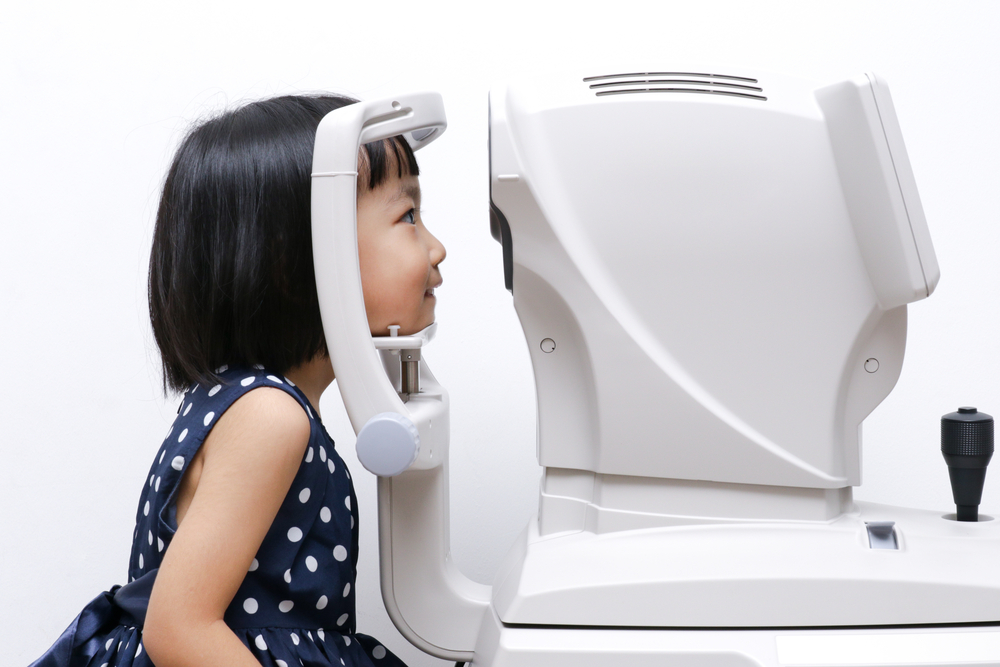
As a parent, one of my primary responsibilities is ensuring the health and well-being of my children. This includes not only their physical and mental health but their visual health as well. A key component of this is scheduling regular pediatric eye exams. Pediatric eye exams differ from adult eye exams in several ways. They are designed to assess your child's visual acuity, eye alignment, and overall eye health.
The Importance of Pediatric Eye Exams
The importance of pediatric eye exams cannot be overstated. Children's eyes develop rapidly during their early years, and regular eye exams are essential for detecting any problems that could potentially affect their vision. Early detection of vision problems gives your child the best chance of successful treatment. Regular eye exams also ensure that your child's vision is developing normally, which is crucial for their academic and social development.
Vision plays a crucial role in your child's learning and development. According to studies, about 80% of what a child learns in school is information that is presented visually. Good vision is essential for students of all ages to reach their full academic potential. If your child has undetected and untreated vision problems, it could affect their ability to learn and succeed in school.
Additionally, children often do not realize they have a vision problem. They may think the way they see is the way everyone else sees. As such, they may not complain about vision difficulties or exhibit obvious signs of eye problems.
Common Eye Problems Detected during Pediatric Eye Exams
Pediatric eye exams are designed to detect a wide range of eye problems. These may include refractive errors like nearsightedness, farsightedness, and astigmatism, lazy eye (amblyopia), crossed eyes (strabismus), color blindness, and other eye health issues.
Refractive errors are the most common type of vision problem in children. They occur when the shape of the eye prevents light from focusing directly on the retina. This can cause blurred vision. If left untreated, refractive errors can affect a child's academic performance and social interactions.
Amblyopia, commonly known as lazy eye, is another common vision problem that pediatric eye exams can detect. This condition occurs when one eye is weaker than the other, causing the brain to favor the stronger eye. If not treated in the early years, amblyopia can lead to permanent vision loss in the weaker eye.
What is the Right Age for Your Child's First Pediatric Eye Exam?
According to the American Academy of Ophthalmology and the American Optometric Association, a child should have their first comprehensive eye exam at six months of age. This initial exam is crucial because it helps ensure that your child's eyes are developing normally.
After the first pediatric eye exam at six months, your child should have additional eye exams at three years of age and just before they start school, at about five or six years of age. Once your child starts school, they should have an eye exam every one to two years if no vision correction is required. Children who need eyeglasses or contact lenses should be examined annually or as recommended by the eye doctor.
It's important to note that these are general guidelines and that the frequency of eye exams can depend on your child's specific circumstances. If your child has a high risk of vision problems due to a family history of eye diseases, premature birth, or other medical conditions, the eye doctor may recommend more frequent eye exams.
Protect Your Child’s Vision through an Eye Exam Today
Scheduling regular pediatric eye exams for your child is one of the best ways you can help ensure their visual health. These exams play a crucial role in detecting vision problems early, ensuring your child's eyes are developing correctly, and helping them achieve their full academic potential. Your child's eye health is an important part of their overall health and well-being.
To schedule a pediatric eye exam for your child, contact Modern Vue Eyecare at our office in Wayne, New Jersey. We provide professional eye care for the whole family. Please call (973) 490-4200 to book an appointment today.




